Non-Fungible Tokens (NFTs) seem to have skyrocketed over the years. So, what are NFTs? Are they worth the hype?
Cryptocurrency and its blockchain technology have been getting mainstream in the past decade, but there's actually so much more to them than just mere speculation. Take the NFTs for instance. From art and music to gaming and virtual pets, you can now purchase these digital assets at fantastic prices.
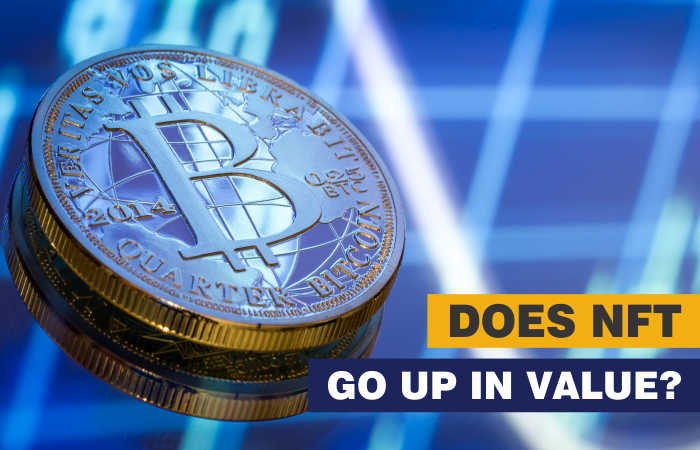
Who would've thought that Nyan Cat, a viral 2011-era GIF of a cat in space, could be bought for nearly $600,000 in 2021? And if that surprises you, wait until you hear about the Twitter CEO Jack Dorsey, who sold his ever-published tweet for $2.9 million via an NFT.
Some might think that it's ridiculous, but it is a very interesting subject nonetheless. So the big question would be what is an NFT, and is it worth the hype?
Contents
What is an NFT?
A Non-Fungible Token (NFT) is a special cryptographically-generated token that uses blockchain technology to link with a certain digital asset that cannot be replicated. In economics, a fungible asset is something with units that can be exchanged without changing its value – like money. So regardless of its owner and history, fungible assets' values always remain constant.
Take Bitcoin for example. You can trade one Bitcoin for another because they have the same value. Fiat currencies work like this too. One dollar bill is identical to another dollar bill.
In contrast, if something is non-fungible like NFT, it means that each asset is unique and can't be interchanged with something else. Therefore, NFT is different from typical cryptocurrency apart from the fact that both are built on the same blockchain.
An NFT has at least three main characteristics, namely:
- Unique – every non-fungible token is one of a kind, so it has a specific permanent information tab that records its uniqueness. You may think of it as a certificate of authentication.
- Rare – the value of NFTs comes from their scarcity. Although the developers can create any amount of NFTs they want, they often limit the tokens to increase rarity and thus, increase the selling price.
- Indivisible – most NFTs are indivisible into smaller units. So you either buy the entire thing or nothing at all.
A non-fungible token can represent almost any digital creation, including music, artworks, videos, etc. Most NFTs are part of the Ethereum blockchain as they were originally evolved from the ERC-721 standard. The reason is that the token can store extra data such as ownership details, security, and metadata required for NFTs. However, keep in mind that apart from Ethereum, other decentralized networks with smart contract capabilities like EOS and NEO are also starting to develop their own NFTs.
How do NFTs Work?
While it has been around since 2014, NFTs are gaining more recognition now because they have become the modern way to purchase and sell digital artworks.
For instance, the famous digital artist Mike Winklemann or "Beeple" created an NFT representing an image called "EVERYDAY: The First 5,000 Days" and managed to sell it at Christie's for a record of $69.3 million. The purchaser of the NFT now has the ownership right of the digital art attached to it. In other words, artists can sell their creations to collectors by using NFTs and earn royalties when they are used online or change ownership. Thus, NFTs hold promise as a way to enforce digital copyright and trademark law.
As each NFT is unique, it can create scarcity in the digital world. Hypothetically, cutting off the supply should raise the underlying asset's value, assuming the demand is high. However, such concept is somewhat quite the opposite of most digital creations, which are usually infinite in supply. This is especially true when it comes to assets that had existed in other platforms before they became NFTs, such as the iconic video clips of NBA games that are already floating around on Instagram for a while.
So why are people willing to spend a lot of money if it's something they could easily screenshot or download?
The answer is because NFTs can offer you something that can't be copied: ownership of the work. To put it simply, anyone can buy a print of the Mona Lisa, but only one person can own the copyright claim of the original painting. For art collectors, this is definitely a huge deal. Although the artwork itself can circulate around freely on the internet, purchasing the token means you have proof that you really own the original piece.
The Advantages of NFTs
The most obvious advantage of NFT is perhaps regarding authenticity. Blockchain technology supports NFTs, so you can be sure that your asset is original since it's nearly impossible to find counterfeits in such decentralized nature. Both physical and digital art have been facing difficulties of authentication as it's hard to tell if the piece is real or fake. Blockchain can address this issue and thus, enhances the value from ownership.
Another benefit is that while NFTs hold exclusive ownership rights (it can only have one owner at a time), the token is transferable. In addition, NFTs' unique data makes it easy to verify ownership and transfer it to a new owner.
Moreover, non-fungible tokens can also increase market efficiency. By operating in a decentralized Blockchain, NFTs eliminate the need for intermediaries and allow artists to connect directly with their potential buyers. Therefore, it can speed up the business process and removes third-party issues. If you're an artist, NFTs will let you earn commission every time the token is sold or changes ownership. So if your work gets popular and increases in value, you'll see some of the benefits too.
See Also:
The Downsides of NFTs
Despite being seen as a huge breakthrough to various industries, NFTs have their own downsides. One of the issues actually stems from the blockchain itself.
In recent years, there have been some concerns regarding the environmental impact of blockchain as it needs a tremendous amount of power to manage. Also, if you want to purchase, sell, or store a non-fungible token, you need to have at least a basic understanding of blockchain technology. The issue is when people are only interested in the product but have no clear idea about how to operate the underlying technology. After all, blockchain is still not as widely used as, say, smartphones or the internet these days. If blockchain gets to that level of the mainstream at some point, then there's a chance that NFTs will be very popular and widely appreciated.
Another downside is that the value of NFTs is still pretty questionable. While every token is indeed unique and can be regarded as precious as a Van Gogh painting, it could also be perceived simply like a trading card, where there are hundreds of numbered copies of the same artwork. The problem is that some people treat NFTs like they're the future of modern art collecting, and some others treat them like trading cards or basic collectibles. As a result, many people are skeptical about the future of NFTs.
Best Non-Fungible Token Projects
While NFTs are still relatively new, there have been many global products and projects that have gained a lot of attention in the past years. The following are some of the best NFT projects to check out:
1. CryptoKitties
CryptoKitties is one of the earliest uses of NFTs. It is a popular game powered by the Ethereum blockchain that lets you purchase, collect, and sell virtual cats.
It was launched in 2017 and is often said to be the modern blockchain version of the classic Tamagotchi game. Using smart contracts, Kitties' owners can trade or sell their virtual cats in various marketplaces.
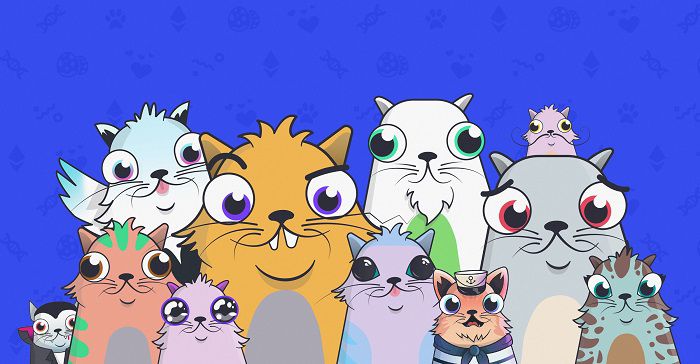
CryptoKitties is the perfect example of how NFTs are used in games. People can buy or sell unique in-game materials (in this case, kittens) as an NFT, which is a considerable flex to have in the gaming world.
2. Decentraland
Decentraland is the next top NFT project that creates a virtual world to "inhabit". Here, you can buy virtual land and claim it to be yours. The process gets even more exciting as each inhabitant will get a special identifying digital passport.
3. OpenSea
OpenSea is a leading marketplace to buy and sell NFT art and other collectibles. You can find various items ranging from virtual pets to plots of land. Conveniently, the marketplace allows you to make purchases with several digital currencies such as ETH and DAI.
4. Async.Art
Async is a notable marketplace where you can not only buy and sell but also create NFTs. Not only that, but the platform also has some programming features that enable art creators to easily define their artwork's appearance and behavior. It even allows buyers to buy sections or "layers" of a given artwork and customize them.
5. Ethereum Name Service (ENS)
ENS is the domain name service project that was released in 2017. The ETH domain names are NFTs using Ethereum's ERC-721 standard and are tradable on NFT marketplaces.
So, Is NFT Worth it?
Non-fungible tokens represent a modern way for digital artists and other creators to monetize their work while simultaneously solidify one's ownership rights of an original asset. If you're an art collector, NFT provides an easy way to buy and sell various assets in online marketplaces such as OpenSea.
Since each NFT is unique, there's a chance that the value will increase over time and become a great investment to make. However, it's also important to note that NFTs can be highly speculative investments as the value is not based on the utility of the product but the value of the media that they represent (art, music, video, etc.). Therefore, the market dynamics can be unpredictable and subjective.
In the meantime, many people foresee that the craze of NFTs will not last long and that it might be just another bubble. There are also some concerns that wash trading is at play, like the case of a virtual kitten from CryptoKitties that costs 600 ETH even though it has no special or rare qualities to explain the high cost.
But even so, we can't deny that NFTs have made quite a breakthrough in the financial world. Like it or not, it might become the next big thing in crypto and technological development in general. In an era where the line that separates virtual and physical worlds is starting to blur, a new way to track digital asset ownership and distribution online will be more urgent.
There's a chance that NFT will expand to other aspects and become more significant in the future. Yet, that doesn't necessarily mean you must immediately invest in NFTs right now. Always make sure to consider the benefits as well as the risks before start investing. At the very least, we know that the development of NFTs is worth keeping an eye on and should not be overlooked.
To make sure which coins have the best performance in the market, you could always check the top 10 cryptocurrencies by market cap. The list is frequently updated so you can review the page from time to time to see if there is a non-fungible token that makes it in the list.

 Dedicated FREE FOREX VPS
Dedicated FREE FOREX VPS Free FOREX Virtual Private Server
Free FOREX Virtual Private Server MT4 Demo Contest, Get $500
MT4 Demo Contest, Get $500 Sign Up for an Account, Claim 60% Deposit Bonus
Sign Up for an Account, Claim 60% Deposit Bonus Free MT4/MT5 VPS 2024
Free MT4/MT5 VPS 2024 Send E-mail and Get Free Merchandise
Send E-mail and Get Free Merchandise $1K Refer a Friend Bonus for Pepperstone Pro clients
$1K Refer a Friend Bonus for Pepperstone Pro clients Maximize Your Earnings with 100% Deposit bonus
Maximize Your Earnings with 100% Deposit bonus Trade to Win, $5,000 Monthly Demo Contest
Trade to Win, $5,000 Monthly Demo Contest Claim 30% + 15% Deposit Bonus from LiteFinance
Claim 30% + 15% Deposit Bonus from LiteFinance
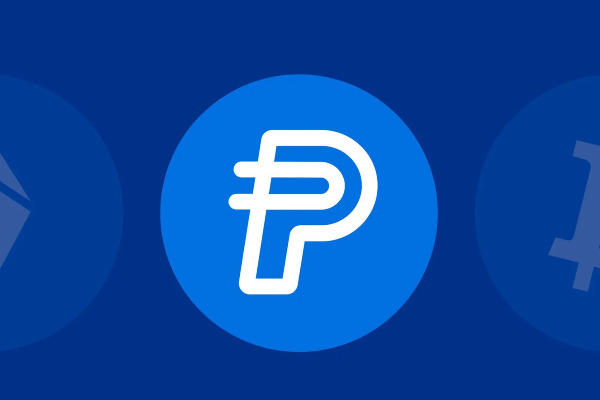
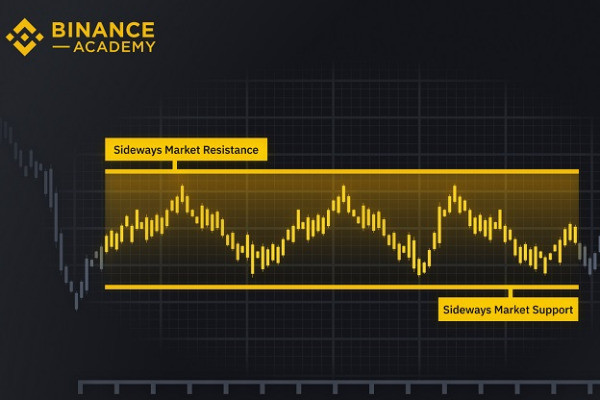
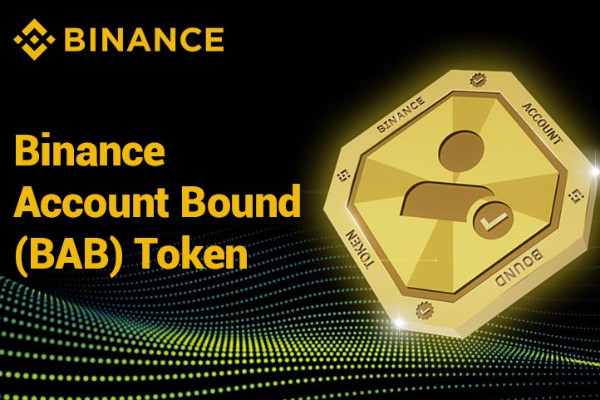
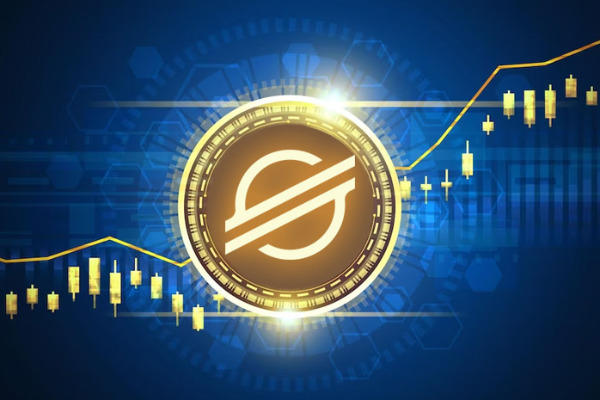
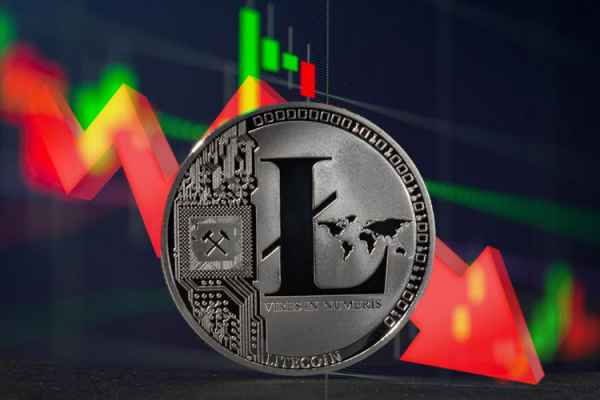
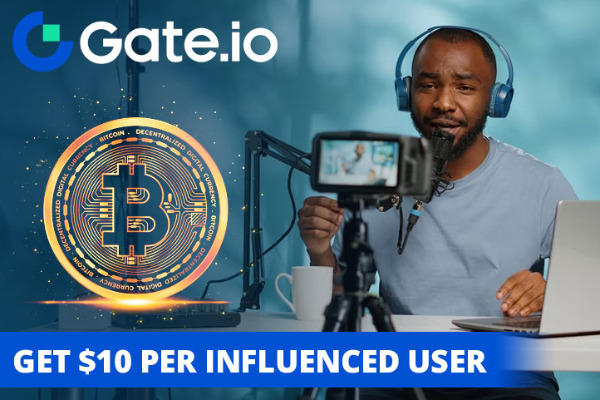
 Bitcoin
Bitcoin Ethereum
Ethereum Tether
Tether BNB
BNB Solana
Solana USDC
USDC XRP
XRP Dogecoin
Dogecoin Toncoin
Toncoin Cardano
Cardano
2 Comments
Dion
Oct 28 2022
At least NFT is very useful and valuable for artists and also their initial investment due to these benefits. In my opinion, NFT can be useful for collectors and artists just because of the value it has in NFT. In fact, it's like a rare art collection that only the rich can afford and was created by an artist.
It can be copied but everyone knows the real thing so the NFT has proven useful in easily identifying what is a copied work or the original work. The future is guaranteed for the artist, I think.
But for me, if I weren't an artist, I would say that it's not a good investment at all except that I have the money to buy it and auction it off to someone else. In other words, for me, the NFT is a good investment for artists and collectors, but not for the average person like me.
Dicky
Dec 19 2022